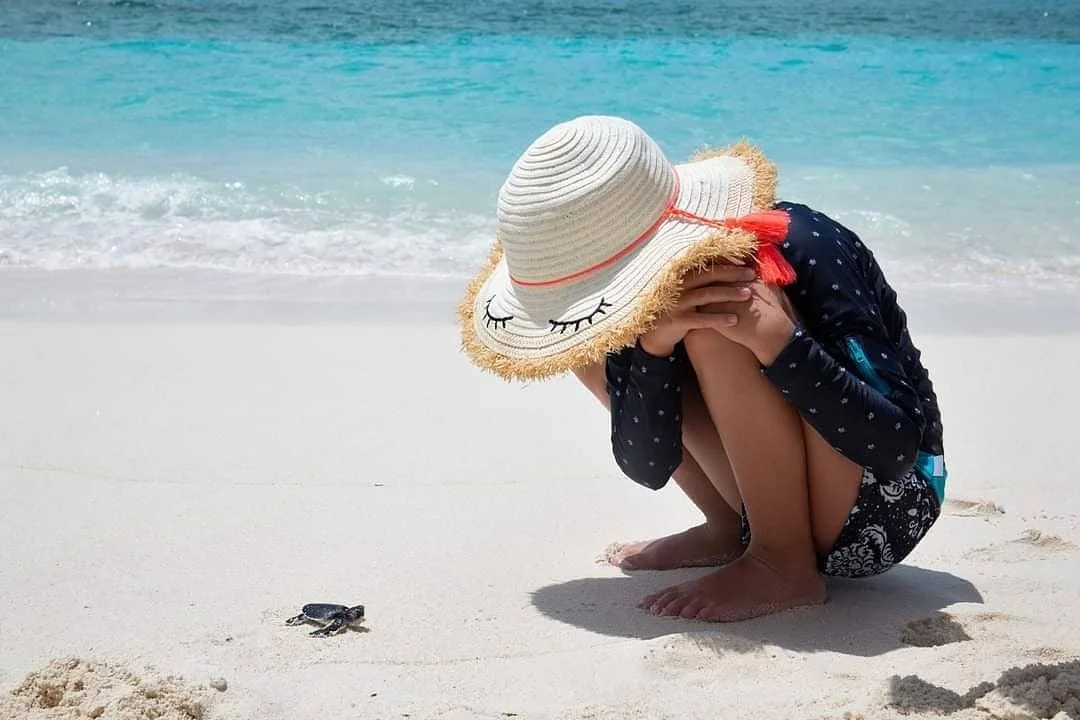Photo Credits: Ellerman House
Perched on the slopes of Lion's Head Mountain in Cape Town, Ellerman House is easily mistaken for a luxurious private residence from its exteriors. But inside this historic Cape Edwardian mansion, you'll find some of the country's most significant collections of South African art. Each piece is pivotal in seamlessly blending its rich history and provenance with modern luxury. Boasting a dramatic backdrop of the Atlantic Ocean, meticulously curated indigenous gardens, and an unparalleled art experience showcasing works from the 19th and early 20th centuries, Ellerman House is a must-see destination for art and history enthusiasts visiting South Africa.
We spoke to Margaret Gradwell, Curator of the Ellerman House Art Collection, to get exclusive insights into the art pieces housed inside this iconic art hotel, including the creators and the curation of its exquisite collection.
PL: Can you tell us about the history of the art collection at Ellerman House? What inspired its creation and focus on 19th and early 20th-century South African art?
Margaret Gradwell: The art collection started in the late 80s when Mr Palu Harris bought the property and decided to change it into a hotel. The vision was to share the best South Africa has to offer with guests hence the decision to focus on South African art as well as representing South African history through the art collection.
PL: Can you describe the process of curating and maintaining such a diverse and historically significant art collection?
Margaret Gradwell: The Ellerman Art Collection is a private art collection that originally was started by Paul Harris in the 1970s and has grown to become one of the most comprehensive and impressive private art collections in South Africa. The dominant motivation, free from speculative interest, is the joy and reward of collecting art that provides insights into how South Africans view themselves.
As a curator, I assist in creating a collecting strategy that reflects a complete oversight of art in South Africa from 1920 to present-day contemporary art. Most artworks are displayed throughout the house for the gratification of visitors to Ellerman House, in public areas, rooms, villas and the gallery. Details of all artworks are captured on an art database, works are reevaluated every year, and artworks that may fill any gaps in the historical collection are acquired when the opportunity arises. Artworks by current artists who are considered significant are added to the collection and exhibited mainly in the Contemporary Gallery.
PL: Are there specific artworks that hold particular historical or artistic significance?
Margaret Gradwell: This collection is such a vast selection of incredibly significant artworks it is almost impossible to single out one artwork. My personal favourite is one of the early 19th-century paintings by Thomas Bowler titled “Shipwreck” which is considered the first political commentary painting made in South Africa.
PL: Who are some of the renowned South African artists who contributed to the collection?
Margaret Gradwell: Some of the best-known artists internationally – Irma Stern, Maggie Laubser, Alexis Preller, Gerard Sekoto, Hendrik Pierneef, Walter Battiss, William Kentridge, Brett Murray, and Deborah Bell, to name a few on display.
PL: Can you share any unique stories related to the artworks or historical artefacts housed at The Ellerman House?
Margaret Gradwell: I can share several, let me tell you about Gerard Sekoto – We have a beautiful work by Sekoto titled “The Girl in the Blue Beret” – It is a beautiful painting he made in Sophiatown (Johannesburg) in 1941 when he started his career as an artist. Sekoto didn’t paint many portraits only of people he had a special relationship with and only full-frontal portraits of those who he had an intimate relationship with. There are only three portraits painted in this style, one of his mother, one of Marthe Baillon, with whom he had a lifelong relationship and this mysterious woman early in his life.
PL: What are your recommendations for the best museums, galleries, or historical sites in the region for art and history enthusiasts?
Margaret Gradwell: I definitely recommend doing a private art tour that can be arranged through reception at Ellerman House. There are several fantastic art museums and wonderful contemporary art galleries to visit. The best will be to share your interests and have one of our specialists put together a tailored day for you. Places like Zeitz MOCAA, The Norval Foundation, our National Art Gallery, Goodman Gallery, Everard Read Gallery and Stevenson Gallery are often on our list of places we take people to, but we also know what is happening at some of the lesser-known fantastic local galleries and creative hubs across the city and in the Winelands.
PL: How does art influence social change in South Africa and Africa, and how does tourism play a role in amplifying its impact?
Margaret Gradwell: Art has always been a platform to stand up for human rights in South Africa and provide a vehicle through which power structures have been resisted. During the Apartheid era the art industry for example supported artists of colour, we even had underground art schools when tertiary art education was made white only. The resistance art movement during the Apartheid era had a huge role to play in creating public awareness of the discriminatory nature of the policies at the time nationally and internationally which I believe helped bring down the Apartheid regime. Within a more contemporary setting, we have many wonderful NPO art organisations that still fight for inclusion, social cohesion and empowerment through their initiatives. If you need more information on these, I will be happy to share.
PL: What are your personal favourites from the Ellerman Houses' Art Collection?
Margaret Gradwell: Definitely the “Shipwreck” painting by Thomas Bowler. I find it a very interesting artwork and have conducted a lot of research on it. What I find fascinating is that it helps us to view a colonial artwork through a different lens – we can discover that these artists were people like today commenting on what was happening in their world at the time – that it is not that far removed from our own realities. I also love the mystery and intrigue around shipwrecks found in the thousands along the Cape shoreline, treasure, defying the authority of the state at the time and the complexities of South African politics.
This luxury hotel is akin to a Fine Art Museum but with the added delight of being able to sleep surrounded by exquisite art and savour your meals amidst its staggering collections. We believe that no art lover could desire anything more. Book your stay at Ellerman House with us to experience exclusive previews, partake in unique artistic adventures, and revel in a world of visual wonder. Contact us for more details.





































Wellness escapes today go far beyond massages and yoga mats. Experiences like forest bathing in Japan, wild swimming in Scandinavian fjords, sleep therapy in Switzerland and even energy healing in the Costa Rican jungle promise not just relaxation but a deep, sensory reawakening.